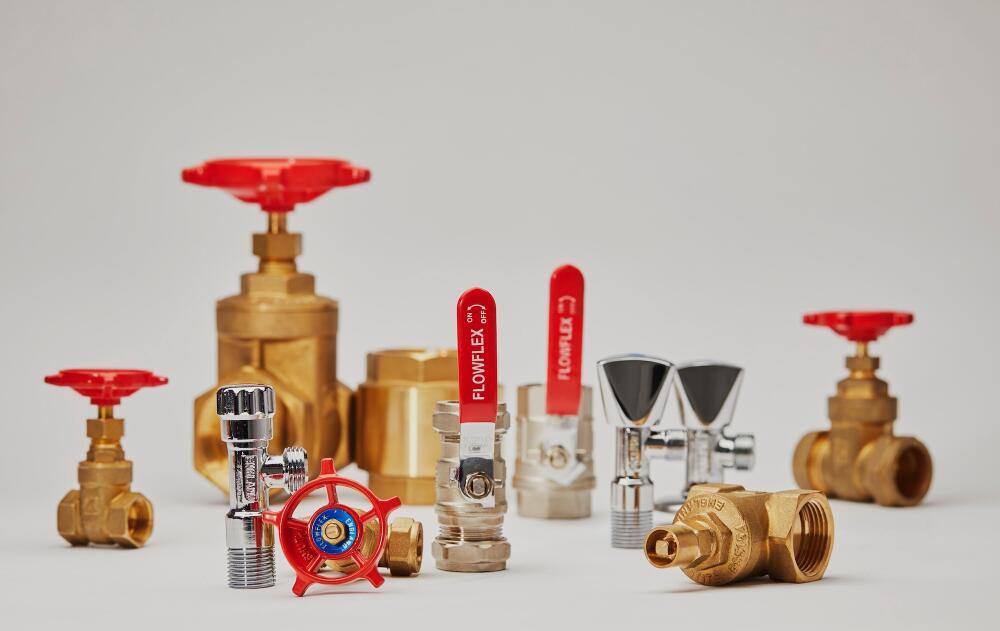Hydraulic Shock: Causes, Impacts, and How to Prevent Water Hammer
Learn about Hydraulic Shock, or Water Hammer, a surge caused by sudden flow changes in pipe systems. Discover prevention tips to protect your setup.
Ultimo aggiornamento: Jul 10, 2024
Hydraulic shock, commonly known as Water Hammer, is a pressure surge that occurs when a fluid in a high-pressure system is forced to stop or change direction suddenly. This phenomenon is often triggered when the flow of fluid is abruptly interrupted within a pipe system, causing shockwaves to propagate throughout.

Valvole
Le valvole Flowflex offrono soluzioni professionali per il controllo e la regolazione del flusso d'acqua nei sistemi idraulici e di riscaldamento. La nostra gamma completa include valvole a sfera, valvole a saracinesca, rubinetti di arresto, valvole di ritegno, valvole di isolamento, valvole di riduzione della pressione e molto altro, garantendo di avere il prodotto giusto per ogni applicazione. Realizzate secondo i più alti standard industriali, le valvole Flowflex offrono affidabilità duratura, resistenza alla corrosione e facilità di utilizzo. Sia per uso domestico, commerciale o industriale, le nostre valvole garantiscono prestazioni ottimali ed efficienza in ogni installazione.
Conversely, if an upstream valve is shut, the flowing fluid can create a vacuum behind it, potentially leading to pipe damage or, in extreme cases, pipe collapse. This can cause significant damage not only to the pipes but also to connected appliances, taps, and fittings.
Hydraulic shock affects both metal and plastic piping systems, straining tubes and fittings alike. However, it is more noticeable in metal systems due to their ability to transmit sound, leading to noise, vibrations, and potential pipe rupture. This issue requires careful consideration during system design, particularly when transporting hazardous liquids and gases.
What Happens?
When a flow in a system is interrupted suddenly, the fluid before the breakpoint is still flowing causing a build up of pressure and a resulting shock wave. The pressure wave generated travels back and forth within the piping until the energy is dissipated. The greater the flow of water, the greater the resulting shock wave will be.
In a domestic system this is typically caused by taps, valves or appliances such as dishwashers, washing machines and toilets.
What Are the Effects?
Water hammer will cause pipes to vibrate, especially if the pipes are not properly secured or if the pipe runs are long. This can result in pipes knocking against walls or supports, producing the distinctive, disruptive noise commonly associated with water hammer. While the noise itself is bothersome, it is not necessarily dangerous. However, even in quieter plastic piping systems, the same harmful pressure surges can still cause damage.
The impact of hydraulic shock extends beyond noise, affecting the plumbing system’s components. It can weaken and damage fittings, joints, taps, valves, meters, and even the pipes themselves. The repeated pressure spikes put stress on these parts, potentially leading to leaks, malfunctioning fixtures, or even structural failure of the piping over time.
Mitigating The Effects Of Hydraulic Shock
To prevent the damage of water hammer, you need to eliminate the shock waves. In this way the shockwaves can be reduced or even eliminated through the use of valves that close slowly rather than suddenly.
In the case that fast-action valves are required, measures can be taken to reduce the size of the shockwaves by reducing the flow of the water. Other actions may include:
Avoid points of direct contact between the pipe and any structures and fit grommets with adequate spacing where pipes pass through structures.
Fixing pipework securely to reduce uncontrollable movement.
Fixing Water Hammer Arrestors near the source of the problem.
Usage of Air Chambers or Surge Tanks.
Qualche Domande?
Il nostro team è pronto per te sempre.